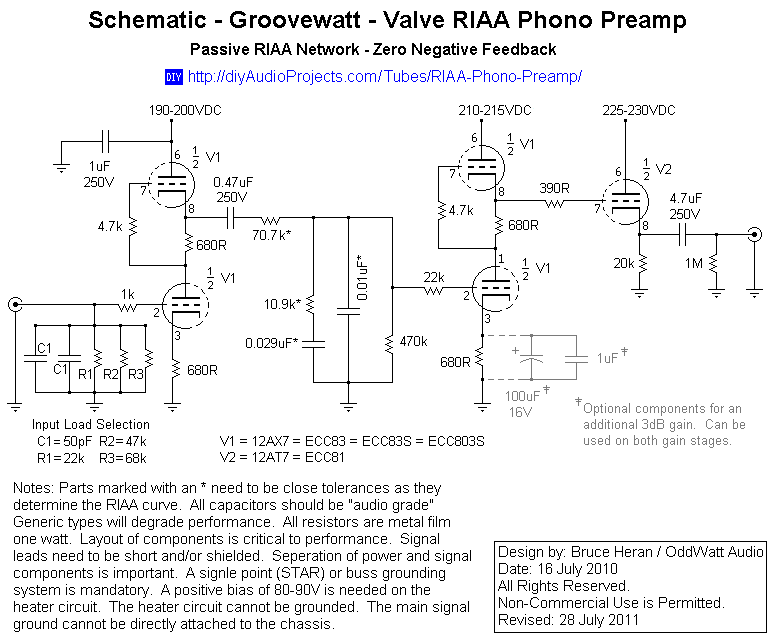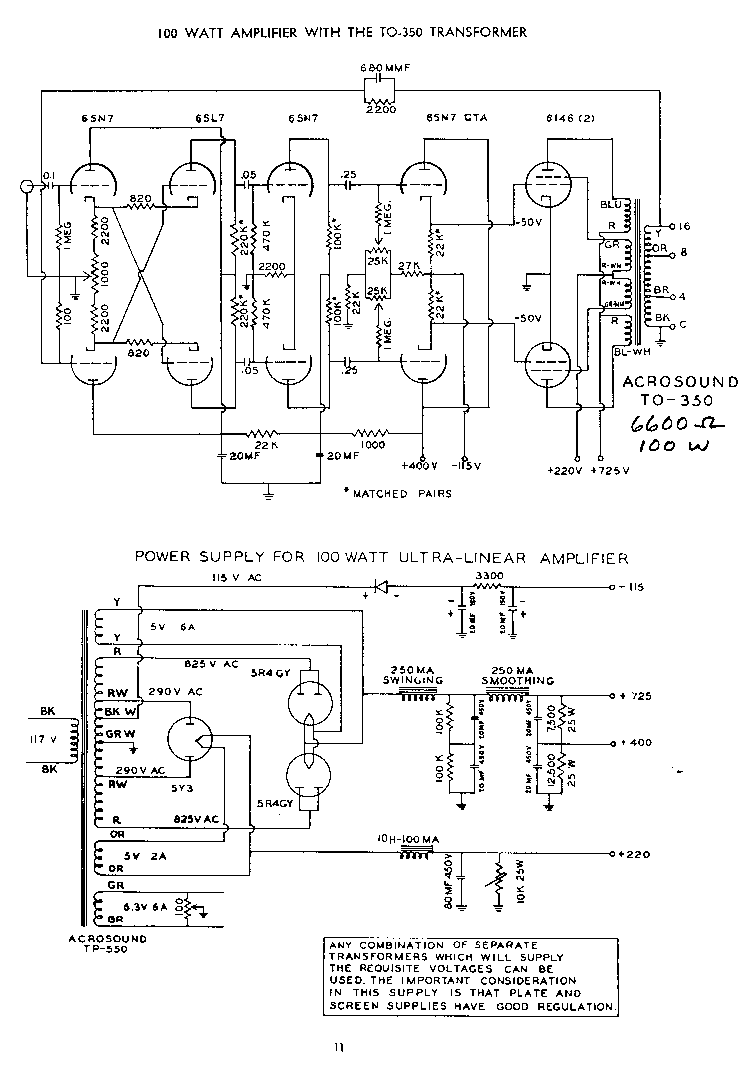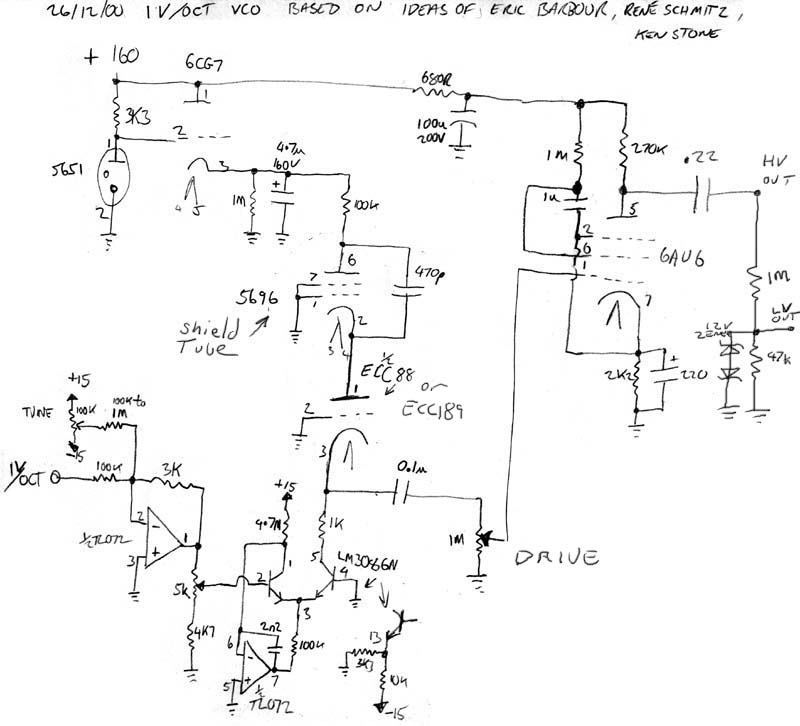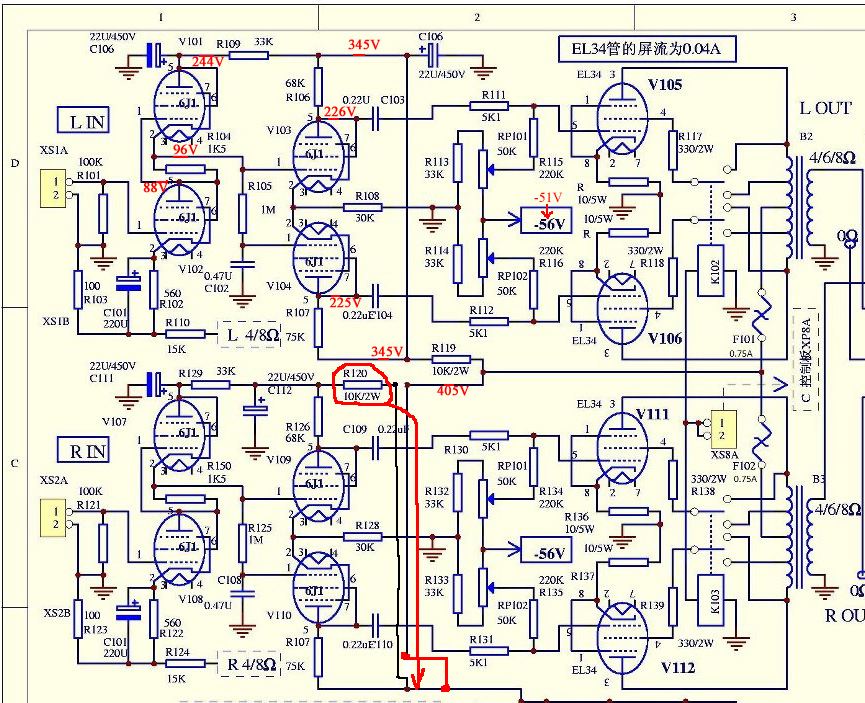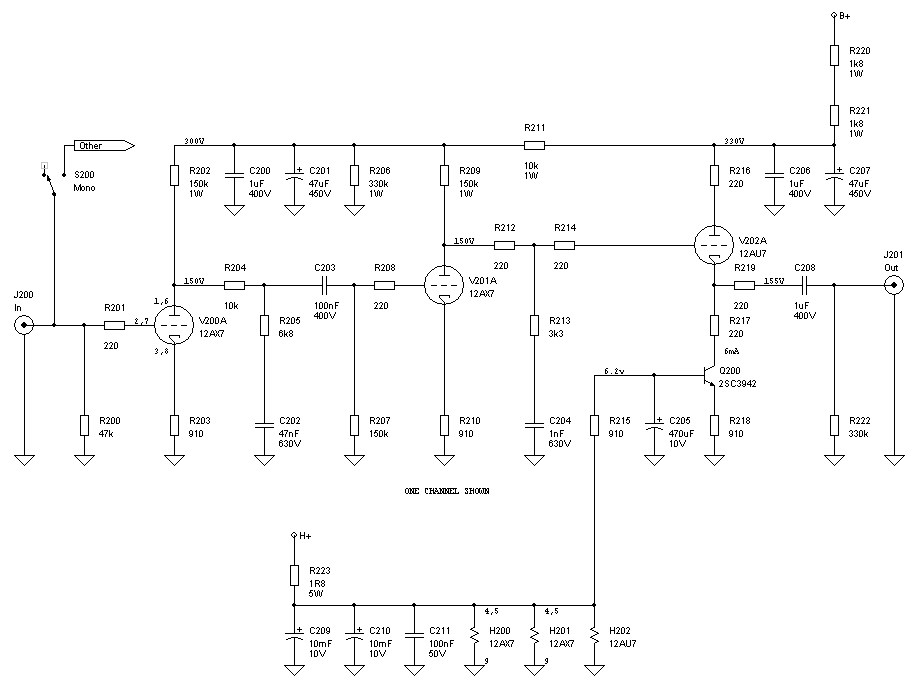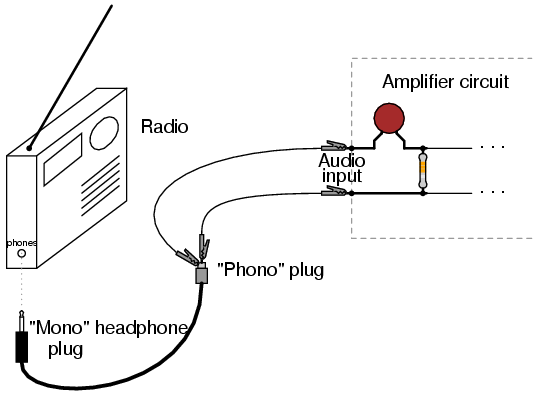
Vacuum Tubes
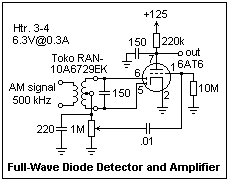
Miniature vacuum tubes utilizing cathodes made of high-field-emitting carbon nanotubes are being researched at Agere Systems in Murray Hill, NJ. A triode with an amplification factor of 4 has been developed, featuring an anode-cathode spacing of 220 µm, with plans for a pentode. This indicates a potential resurgence of vacuum tubes in electronic technology. Devices that control a stream of electrons using electric and magnetic fields have various applications in electronics. These devices, requiring a vacuum to allow electrons to move without colliding with gas molecules, are referred to as vacuum tubes or electron tubes in the United States, and thermionic valves in Britain. The phenomenon was first noted by Thomas Edison in 1883 when he observed that a current flowed between the filament of an incandescent lamp and a nearby plate in a vacuum, depending on the polarity of the connection. This Edison Effect, however, did not lead to any significant applications at the time. In 1899, J. J. Thomson identified the current as a stream of negatively charged particles, or electrons, which could be influenced by electric and magnetic fields. In 1904, Fleming patented the diode, featuring a filament and plate within the same envelope, which was utilized as a rectifier or a rudimentary radio detector. The triode, patented by Lee de Forest in 1907, introduced a third electrode, the grid, to control the electron stream, enhancing sensitivity. Initially, the amplifying capability of the triode was not fully recognized, and de Forest defended the use of gassy tubes with gas amplification. The advent of high vacuum technology and advancements in materials, particularly metal-to-glass seals, led to the development of effective amplifying devices that significantly advanced radio, telephony, and sound reproduction. In 1919, Schottky proposed a screen grid to improve high-frequency performance, which was later realized by Hull and Williams in 1928 for radio receivers. The metal tube was introduced in 1935, although glass envelopes remained prevalent and continued to improve. The final evolution of the electron tube was the "miniature" all-glass type, which dominated as the receiving-type tube post-1945. The invention of transistors in 1948, followed by enhancements in the subsequent decade, enabled transistors to replace most electron tube amplification applications due to lower costs and increased reliability. Despite this, electron tubes are still utilized in cathode-ray tubes, magnetrons, X-ray tubes, and for high-power applications. These devices, characterized by sophisticated materials and manufacturing processes, were widely accessible at low costs. This discussion primarily focuses on receiving tubes, the smaller amplifying devices now entirely supplanted by semiconductors in modern applications, yet they provide valuable insights into electronics. The term "receiving" pertains to their role in radio receivers, their main commercial application, but it also encompasses all small vacuum tubes used for general electronic purposes. For information on cathode-ray tubes and constructing an oscilloscope, refer to The Cathode-Ray Tube. In these devices, electrons travel from the cathode (K), the negative electrode, to the anode or plate (P), the positive electrode, while conventional current flows in the opposite direction. The electrons are emitted at the cathode by...
The study of miniature vacuum tubes with carbon nanotube cathodes represents a significant advancement in electron tube technology. The high-field emission characteristics of carbon nanotubes enable efficient electron emission, which is crucial for enhancing the performance of vacuum tubes. The construction of a triode with an amplification factor of 4 demonstrates the potential for these devices to be utilized in modern electronic applications, potentially leading to a renaissance of vacuum tube technology in specific niches where high power and linearity are required.
The design of the triode with a 220 µm anode-cathode spacing allows for precise control over the electron flow, which is fundamental in amplification applications. The planned development of a pentode suggests an exploration of further complexity in electron control, which can enhance the device's performance characteristics, such as gain and bandwidth.
Vacuum tubes operate by creating a vacuum environment that permits the free movement of electrons, minimizing collisions that would otherwise impede performance. This principle is essential in applications where signal integrity and amplification are critical. The historical context, from Edison's initial observations to the advancements made by Thomson, Fleming, and de Forest, illustrates the evolution of vacuum tube technology and its foundational role in the development of modern electronics.
The integration of high vacuum technologies and advanced materials has led to the creation of devices capable of high performance in various applications, including audio amplification, radio transmission, and even in specialized fields like medical imaging with X-ray tubes. The continued relevance of vacuum tubes in specific applications underscores their unique advantages, such as high power handling and robustness, which cannot be easily replicated by semiconductor devices.
The exploration of carbon nanotube cathodes in vacuum tubes may open new avenues for research and development, potentially leading to improved performance metrics in terms of efficiency, frequency response, and overall device longevity. Understanding the operational principles and historical advancements of vacuum tubes can provide valuable insights for engineers and researchers looking to innovate in the field of electronics.Miniature vacuum tubes with cathodes of high-field-emitting carbon nanotubes are currently under study at Agere Systems in Murray Hill, NJ. A triode with amplification factor of 4 has been constructed, with an anode-cathode spacing of 220 µm, and a pentode is planned.
Vacuum tubes may return to electronic technology! See Physics Today, July 2002, pp. 16-18. Devices in which a stream of electrons is controlled by electric and magnetic fields have many applications in electronics. Because a vacuum must be provided in the form of an evacuated enclosure in which the electrons can move without collisions with gas molecules, these devices were called vacuum tubes or electron tubes in the US, and thermionic valves in Britain.
In 1883, Thomas Edison observed that a current flowed between the filament of an incandescent lamp and a plate in the vacuum near it (see figure at the right), when the plate was connected to the positive end of the filament, but not when the plate was connected to the negative side (the plate was actually between the two legs of the filament). No important application was made of this unexplained Edison Effect at the time. In 1899, J. J. Thomson showed that the current was due to a stream of negatively-charged particles, electrons, that could be guided by electric and magnetic fields.
Fleming patented the diode in 1904 (B. P. 24850), where a filament and plate were arranged in the same envelope in a rather low vacuum, which could be used as a rectifier, or as a rather insensitive radio detector. In 1907, Lee de Forest patented the triode (which he called the Audion; the term "triode" was not used until much later, after it threated to become a trade name), in which a third electrode, the grid, was introduced to control the electron stream.
This made a more sensitive detector, but the amplifying property was not used at first, and de Forest, who did not understand well what was going on, defended gassy tubes with their gas amplification. The introduction of high vacuum, as well as improved materials and processes, especially metal-to-glass seals, created a very useful amplifying device that allowed great developments in radio, telephony and sound reproduction.
Schottky suggested a screen grid between the plate and control grid to make the electron tube useful at higher frequencies in 1919 (and actually made tubes with a second grid, but this was for space-charge control), but this was only realized by Hull and Williams in 1928 in radio receivers. The metal tube was introduced in 1935, but glass envelopes never disappeared and were constantly improved.
The final pattern of electron tube was the "miniature" or all-glass type, which became the predominant receiving-type tube after about 1945. Transistors were invented in 1948, and in the next decade were improved to the point where they could take over most of the amplifying applications of electron tubes at much lower cost, and with greater reliability.
Electron tubes remain in use as cathode-ray tubes, magnetrons, X-ray tubes, and for handling large powers. They were remarkable devices, using many sophisticated materials and processes, yet were widely available at low cost.
We shall look here mainly at examples of receiving tubes, the smaller amplifying devices that have been completely replaced by semiconductors in current practice, but nevertheless will deepen our knowledge of electronics, while being fascinating to study. The name "receiving" comes from their use in radio receivers, their principal commercial application, but refers to all small vacuum tubes for general electronic purposes.
For the cathode-ray tube and making your own oscilloscope, see The Cathode-Ray Tube. The electrons move from the cathode (K), the negative electrode, to the anode or plate (P), the positive electrode. Conventional current is in the opposite direction. The electrons are liberated at the cathode by 🔗 External reference
The study of miniature vacuum tubes with carbon nanotube cathodes represents a significant advancement in electron tube technology. The high-field emission characteristics of carbon nanotubes enable efficient electron emission, which is crucial for enhancing the performance of vacuum tubes. The construction of a triode with an amplification factor of 4 demonstrates the potential for these devices to be utilized in modern electronic applications, potentially leading to a renaissance of vacuum tube technology in specific niches where high power and linearity are required.
The design of the triode with a 220 µm anode-cathode spacing allows for precise control over the electron flow, which is fundamental in amplification applications. The planned development of a pentode suggests an exploration of further complexity in electron control, which can enhance the device's performance characteristics, such as gain and bandwidth.
Vacuum tubes operate by creating a vacuum environment that permits the free movement of electrons, minimizing collisions that would otherwise impede performance. This principle is essential in applications where signal integrity and amplification are critical. The historical context, from Edison's initial observations to the advancements made by Thomson, Fleming, and de Forest, illustrates the evolution of vacuum tube technology and its foundational role in the development of modern electronics.
The integration of high vacuum technologies and advanced materials has led to the creation of devices capable of high performance in various applications, including audio amplification, radio transmission, and even in specialized fields like medical imaging with X-ray tubes. The continued relevance of vacuum tubes in specific applications underscores their unique advantages, such as high power handling and robustness, which cannot be easily replicated by semiconductor devices.
The exploration of carbon nanotube cathodes in vacuum tubes may open new avenues for research and development, potentially leading to improved performance metrics in terms of efficiency, frequency response, and overall device longevity. Understanding the operational principles and historical advancements of vacuum tubes can provide valuable insights for engineers and researchers looking to innovate in the field of electronics.Miniature vacuum tubes with cathodes of high-field-emitting carbon nanotubes are currently under study at Agere Systems in Murray Hill, NJ. A triode with amplification factor of 4 has been constructed, with an anode-cathode spacing of 220 µm, and a pentode is planned.
Vacuum tubes may return to electronic technology! See Physics Today, July 2002, pp. 16-18. Devices in which a stream of electrons is controlled by electric and magnetic fields have many applications in electronics. Because a vacuum must be provided in the form of an evacuated enclosure in which the electrons can move without collisions with gas molecules, these devices were called vacuum tubes or electron tubes in the US, and thermionic valves in Britain.
In 1883, Thomas Edison observed that a current flowed between the filament of an incandescent lamp and a plate in the vacuum near it (see figure at the right), when the plate was connected to the positive end of the filament, but not when the plate was connected to the negative side (the plate was actually between the two legs of the filament). No important application was made of this unexplained Edison Effect at the time. In 1899, J. J. Thomson showed that the current was due to a stream of negatively-charged particles, electrons, that could be guided by electric and magnetic fields.
Fleming patented the diode in 1904 (B. P. 24850), where a filament and plate were arranged in the same envelope in a rather low vacuum, which could be used as a rectifier, or as a rather insensitive radio detector. In 1907, Lee de Forest patented the triode (which he called the Audion; the term "triode" was not used until much later, after it threated to become a trade name), in which a third electrode, the grid, was introduced to control the electron stream.
This made a more sensitive detector, but the amplifying property was not used at first, and de Forest, who did not understand well what was going on, defended gassy tubes with their gas amplification. The introduction of high vacuum, as well as improved materials and processes, especially metal-to-glass seals, created a very useful amplifying device that allowed great developments in radio, telephony and sound reproduction.
Schottky suggested a screen grid between the plate and control grid to make the electron tube useful at higher frequencies in 1919 (and actually made tubes with a second grid, but this was for space-charge control), but this was only realized by Hull and Williams in 1928 in radio receivers. The metal tube was introduced in 1935, but glass envelopes never disappeared and were constantly improved.
The final pattern of electron tube was the "miniature" or all-glass type, which became the predominant receiving-type tube after about 1945. Transistors were invented in 1948, and in the next decade were improved to the point where they could take over most of the amplifying applications of electron tubes at much lower cost, and with greater reliability.
Electron tubes remain in use as cathode-ray tubes, magnetrons, X-ray tubes, and for handling large powers. They were remarkable devices, using many sophisticated materials and processes, yet were widely available at low cost.
We shall look here mainly at examples of receiving tubes, the smaller amplifying devices that have been completely replaced by semiconductors in current practice, but nevertheless will deepen our knowledge of electronics, while being fascinating to study. The name "receiving" comes from their use in radio receivers, their principal commercial application, but refers to all small vacuum tubes for general electronic purposes.
For the cathode-ray tube and making your own oscilloscope, see The Cathode-Ray Tube. The electrons move from the cathode (K), the negative electrode, to the anode or plate (P), the positive electrode. Conventional current is in the opposite direction. The electrons are liberated at the cathode by 🔗 External reference
